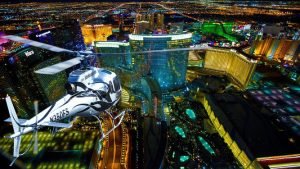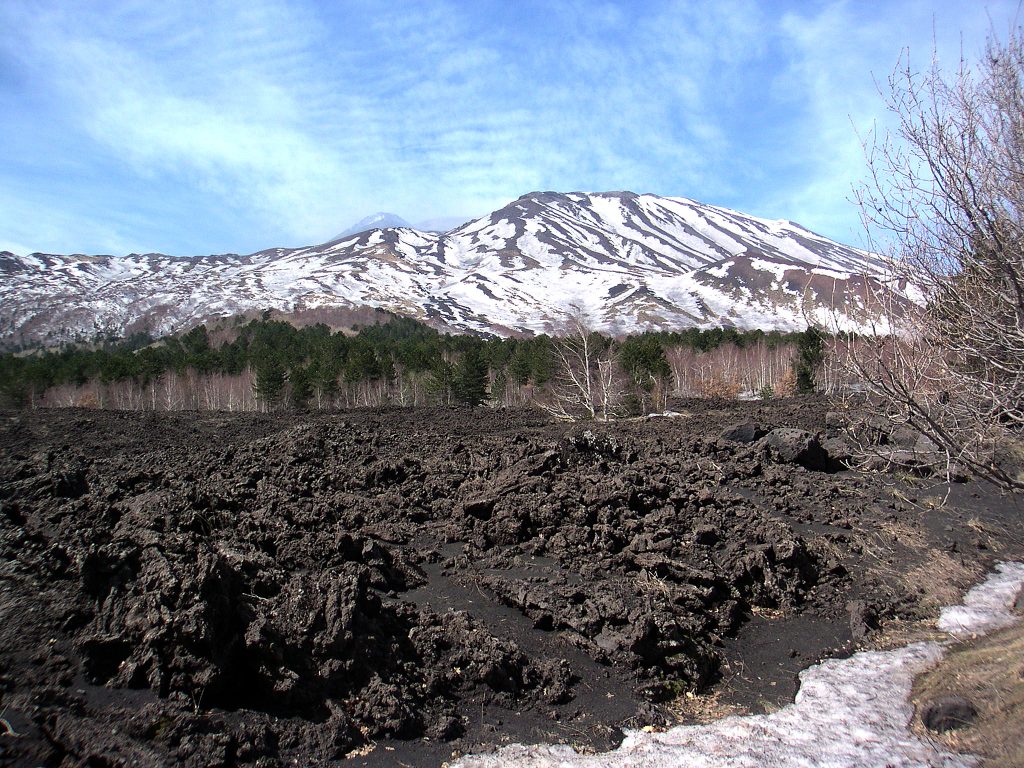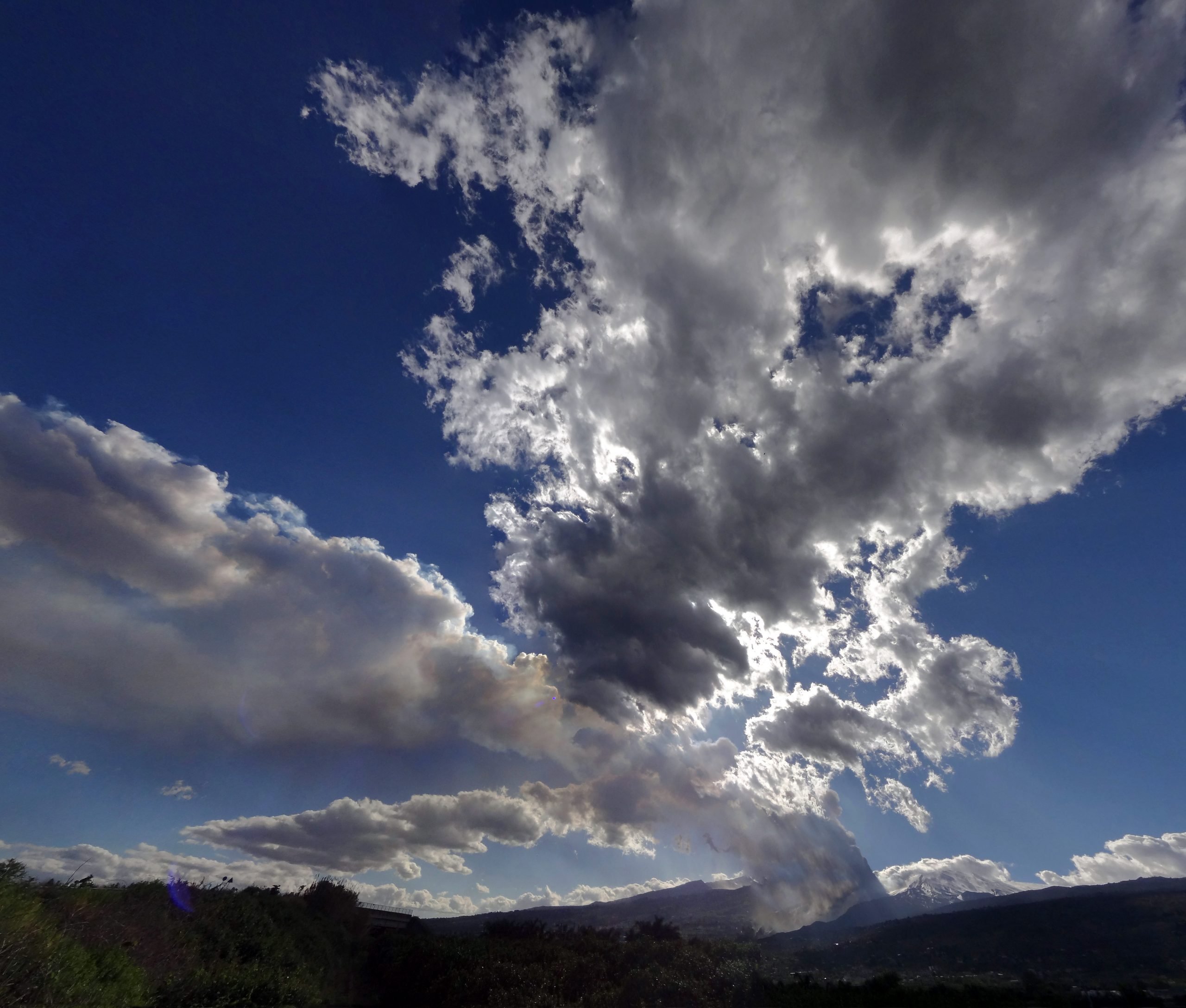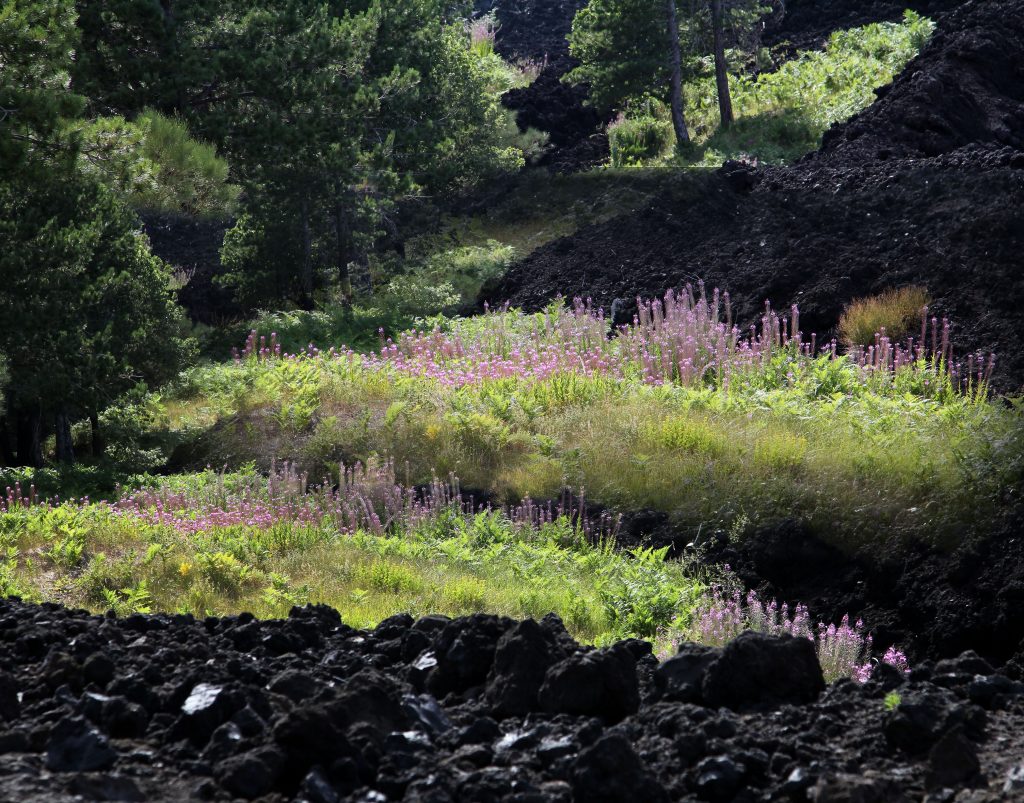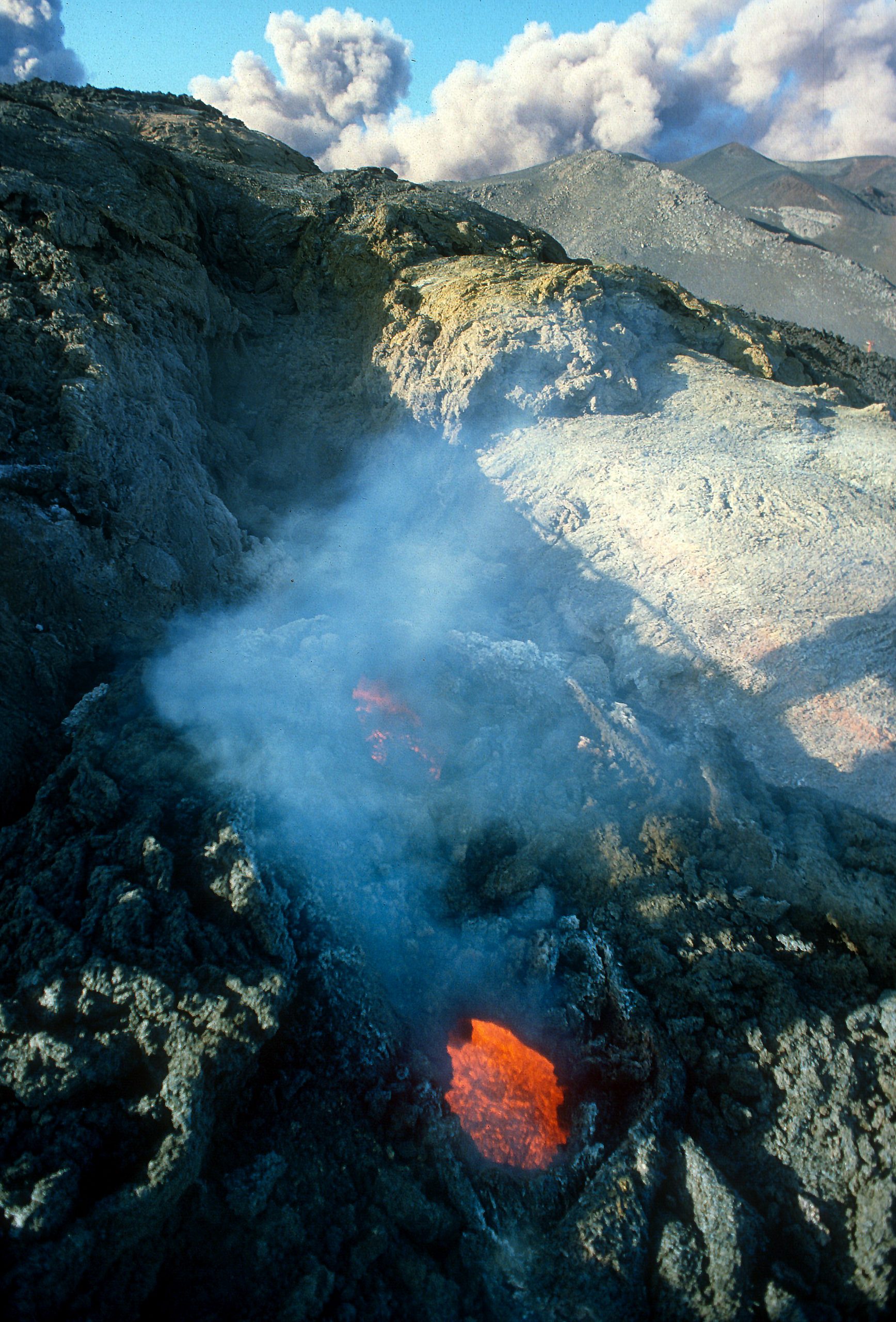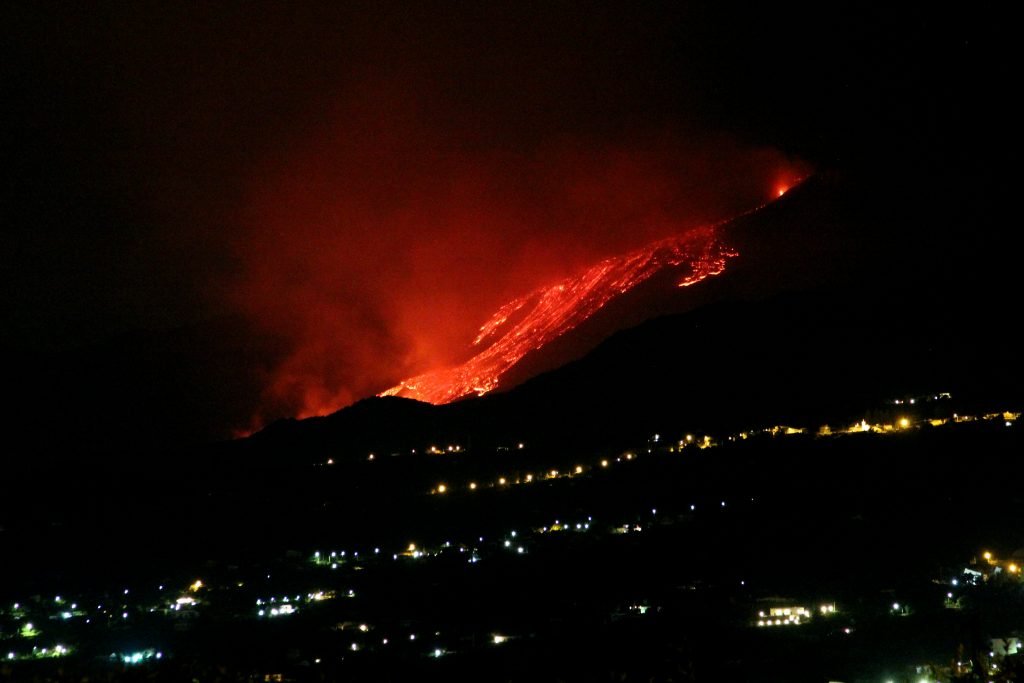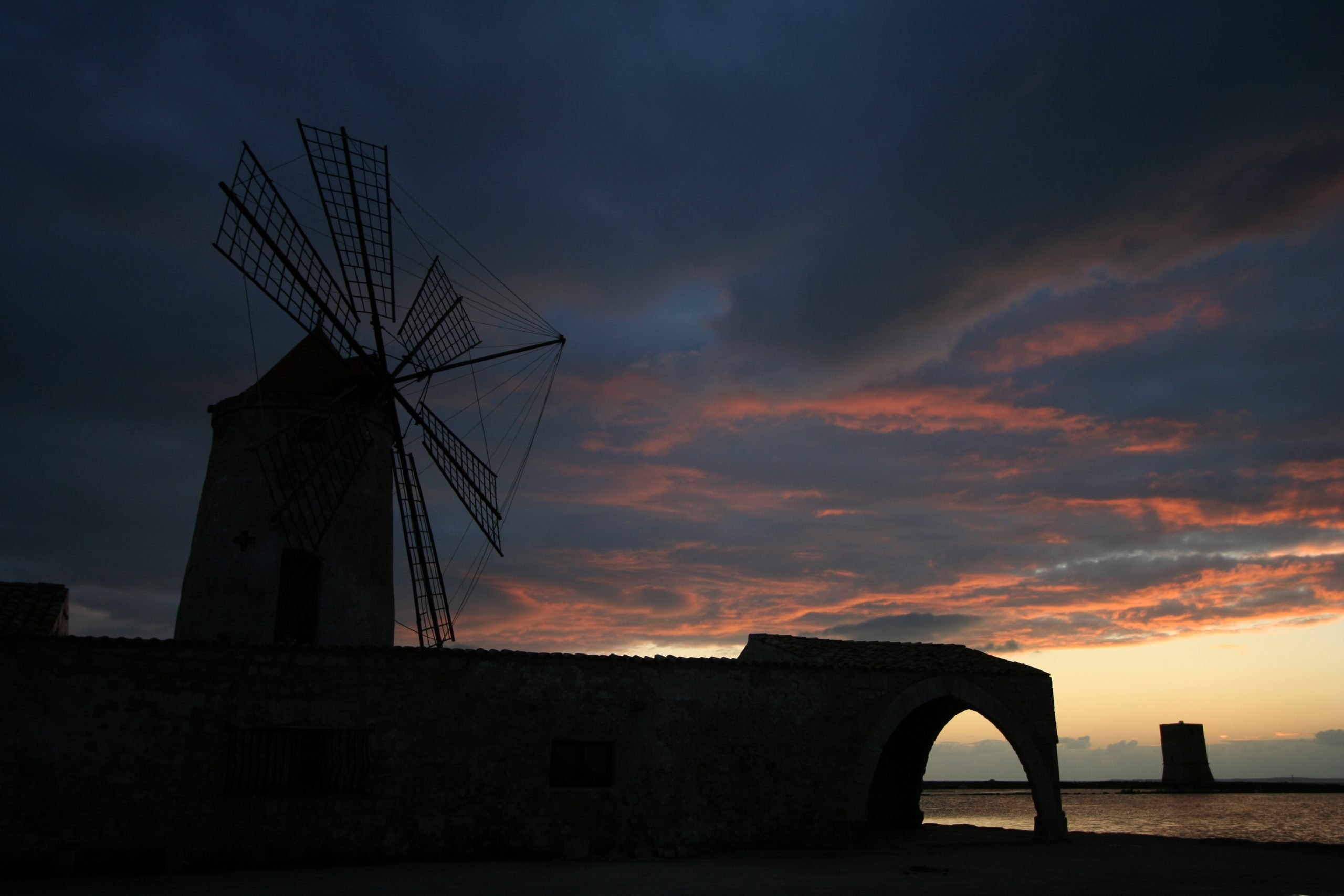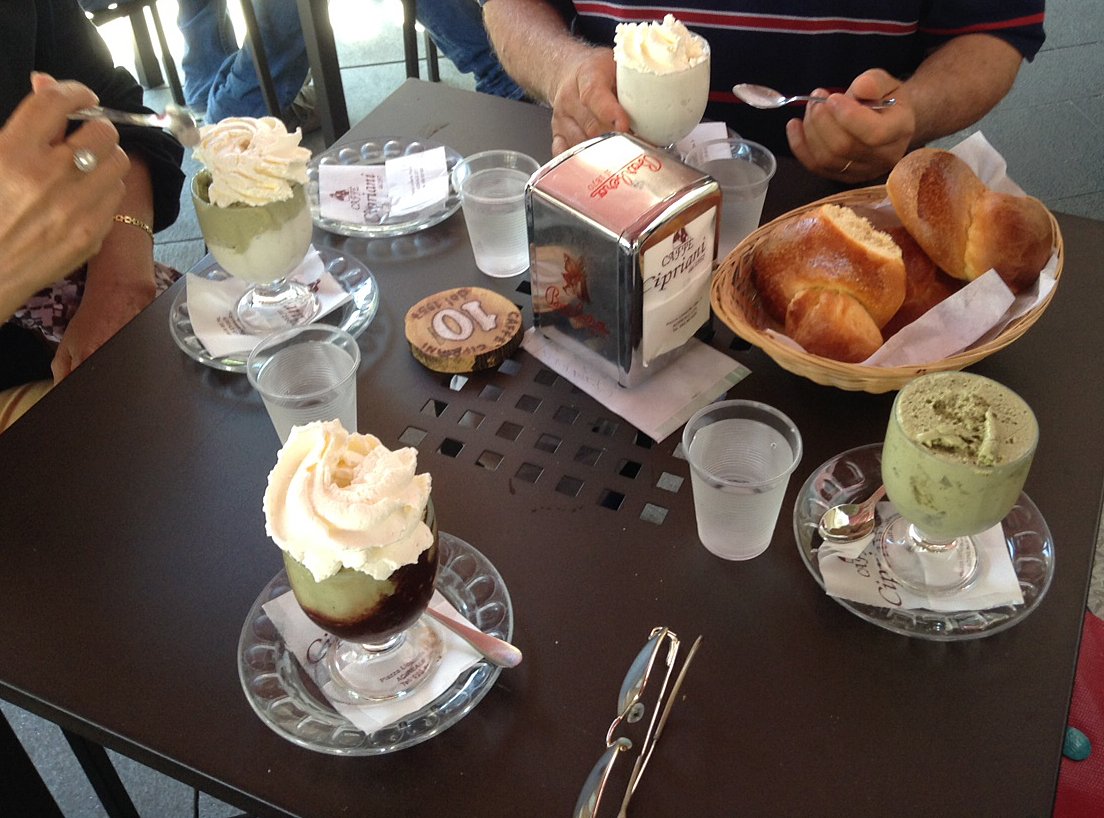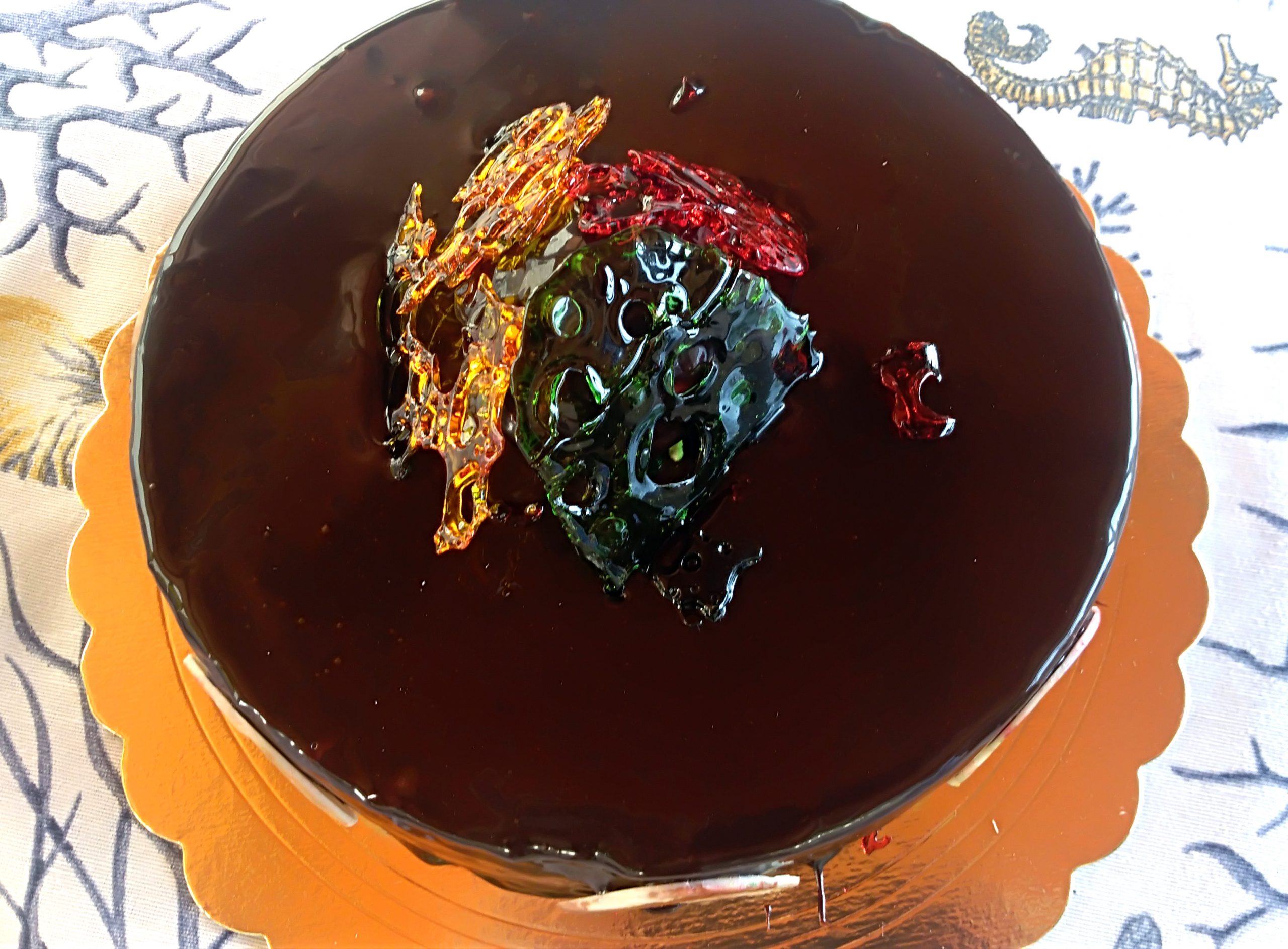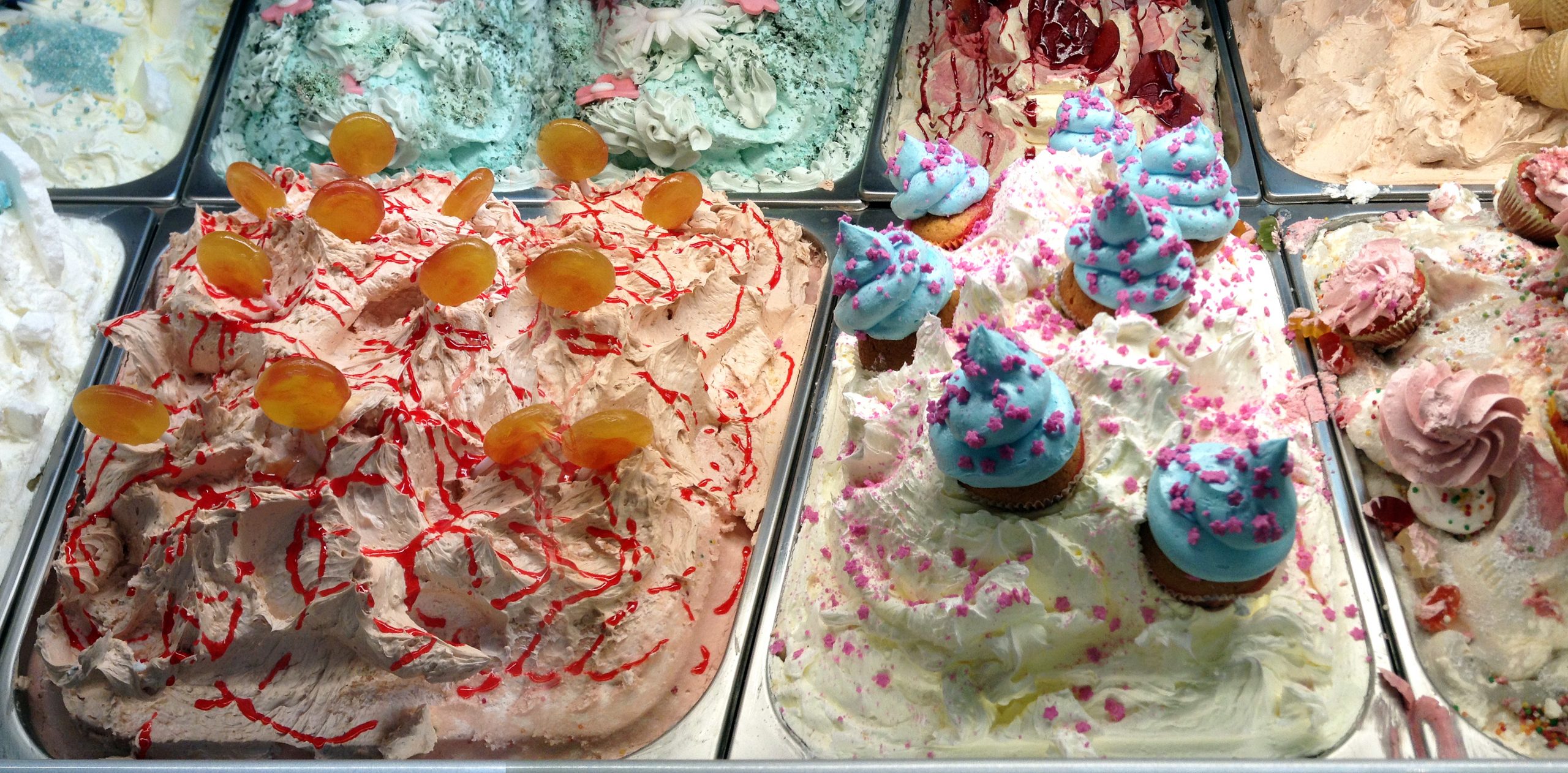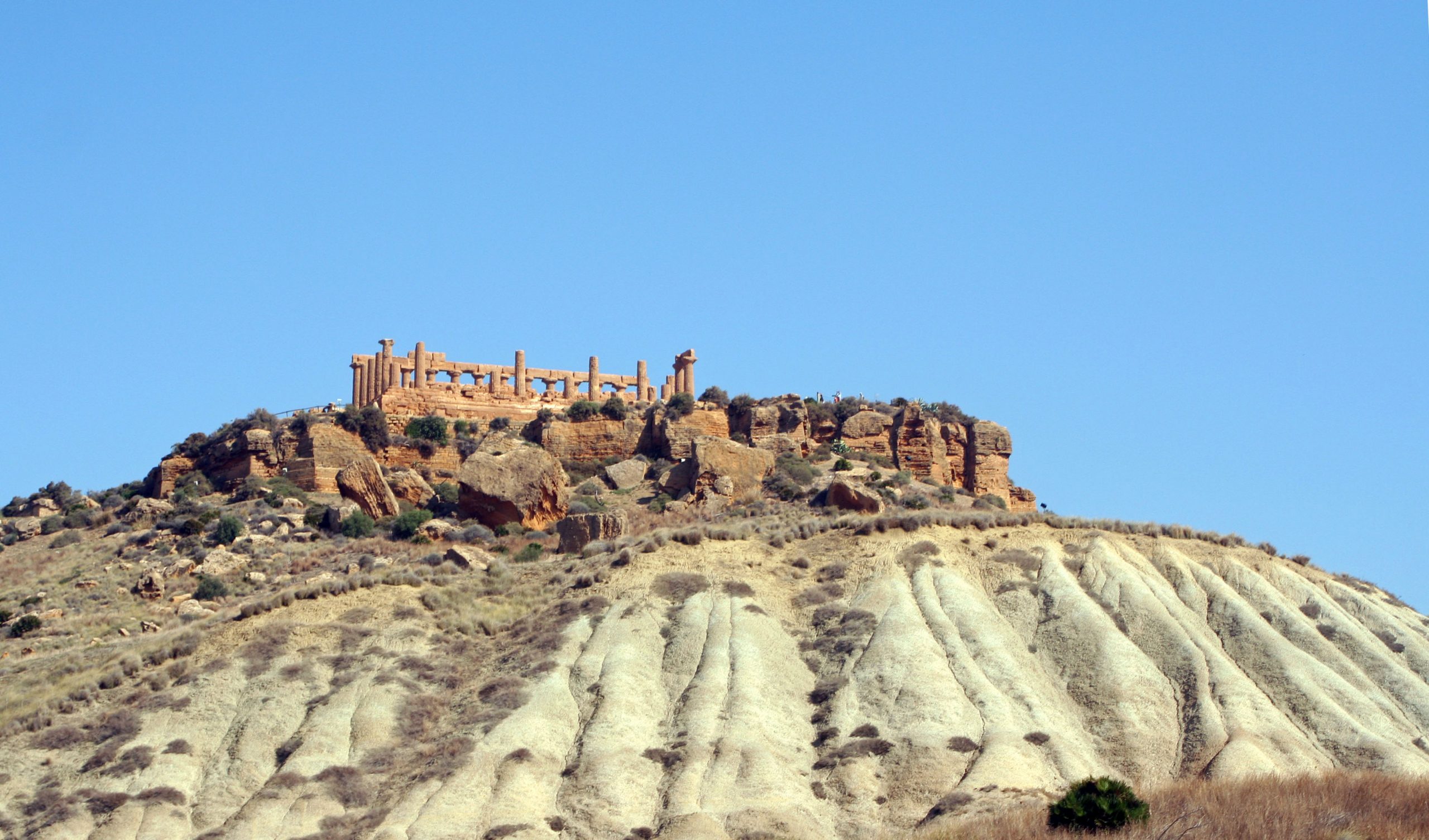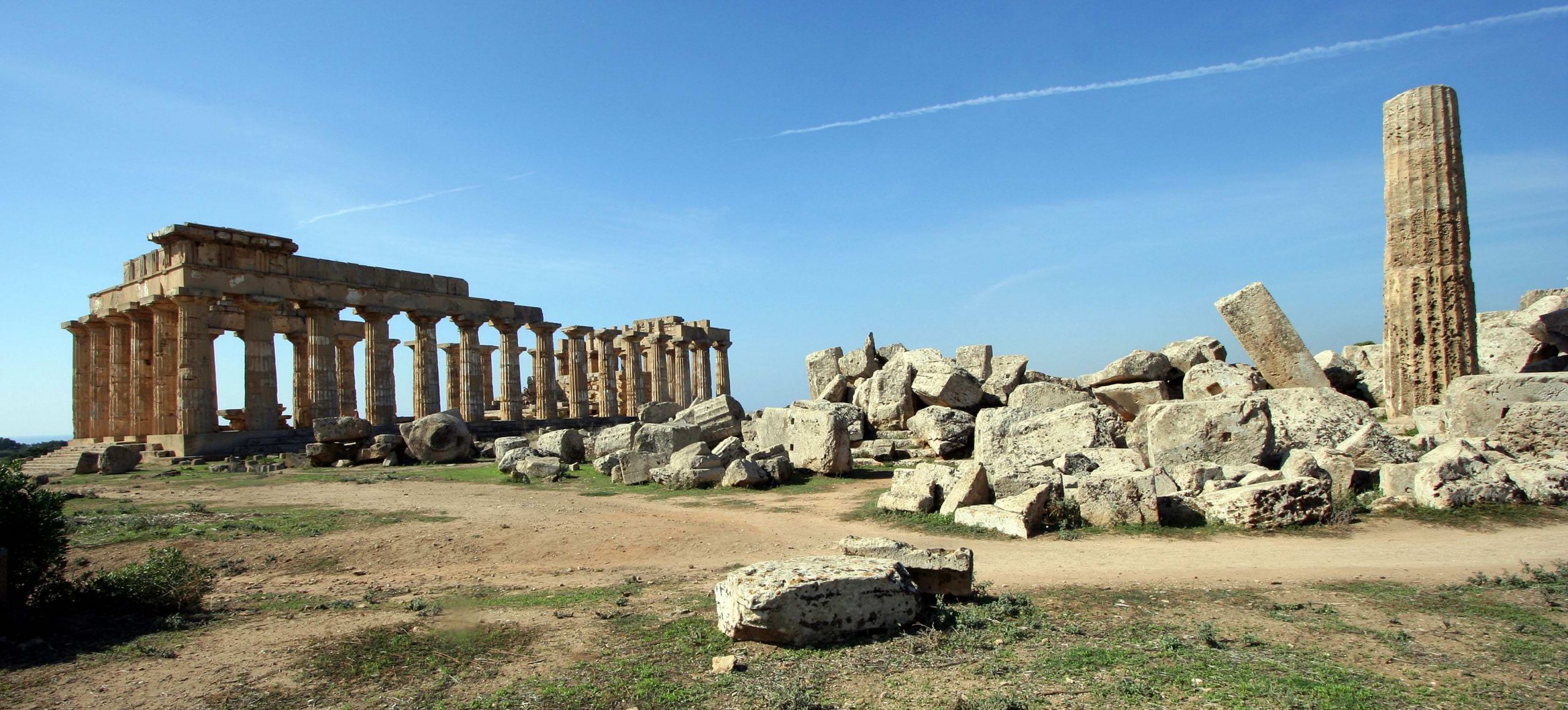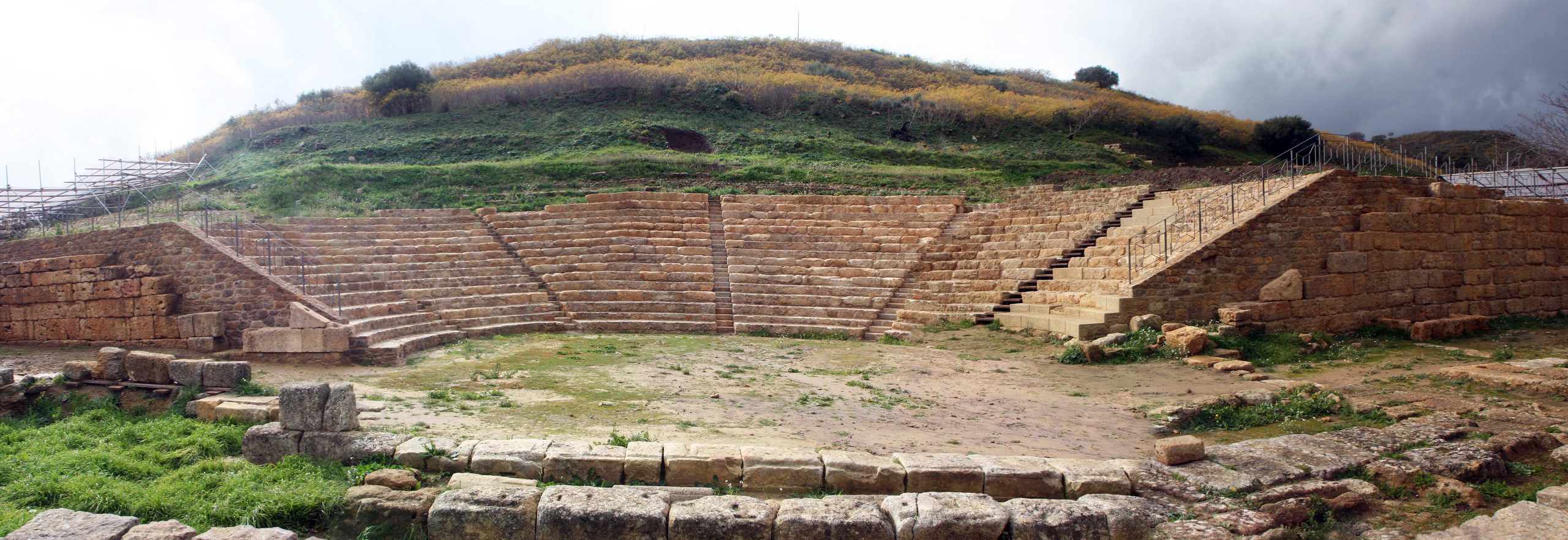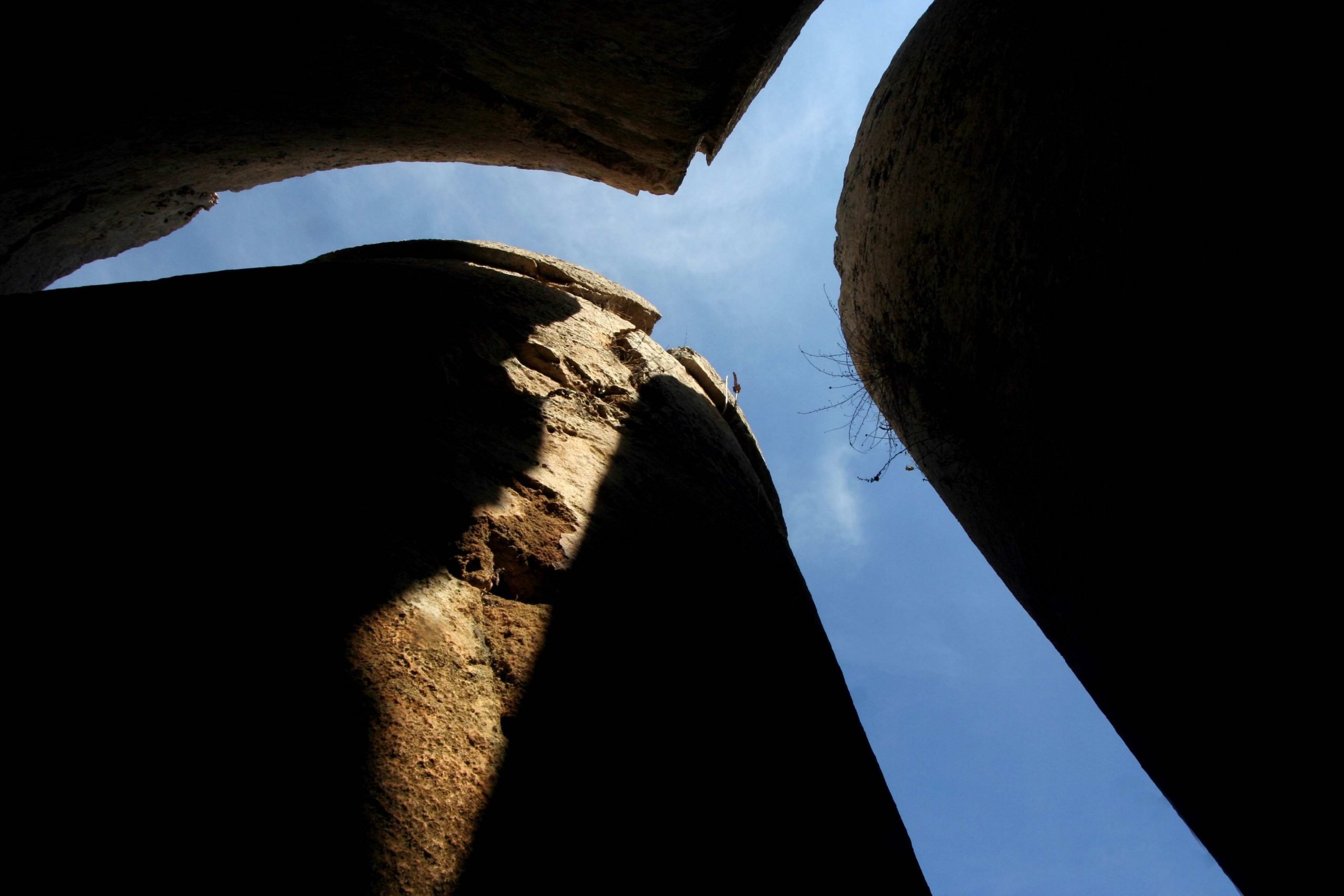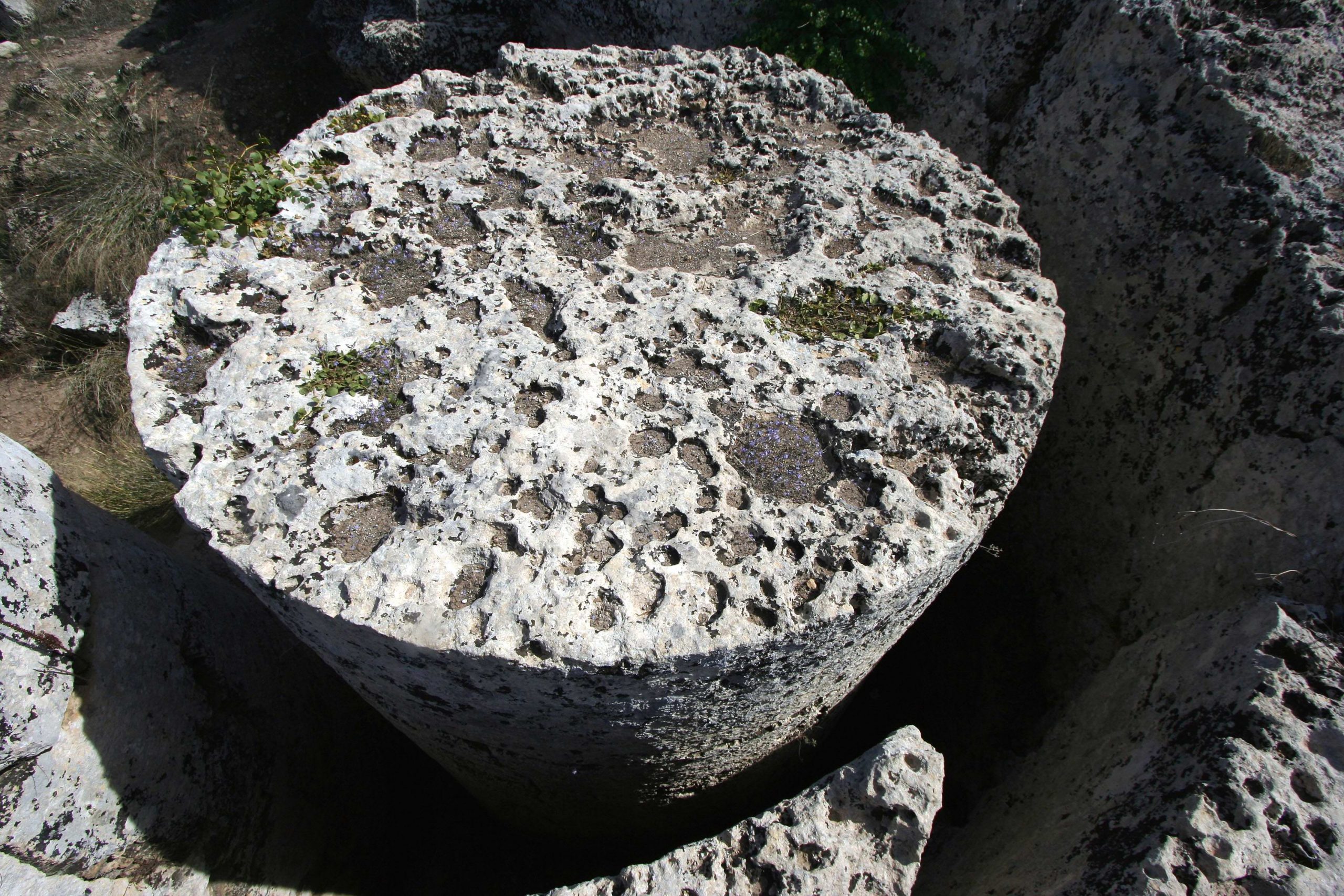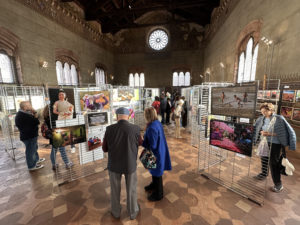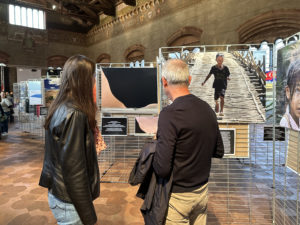The article is from “Note Fotografiche”, the prestigious magazine edited by Mr. Giorgio Tani, President of “FIAF – Italian Federation of Photographic Associations
Travel With Saro Di Bartole
“Gifts for you from Mother Nature!”
The South West USA

From a young age, Saro Di Bartolo cultivates the study of photography and since 1969 he has also began to do professional work. He collaborates with advertising agencies, publishers, and tour operators.
Passionate about history, art and customs of peoples, he traveled extensively, producing reportages in various regions of the world.
Collections from which splendid videos have emerged, today present on Youtube. Since the eighties he has been dealing with internet and multimedia products. Areas in which it has received prestigious awards.
His articles and images have appeared in various publications. Among those presences: Airone, BBC History Italy, Bell’Italia, Capital, Growth Tourism, Dove, Gazzetta dello Sport, Geo Travel Magazine, Hemispheres, Travels, the Rest of Carlino, La Maison / Lifestyle, la Repubblica, Max, Motosprint , Nautical, Qui Touring.
He is the author of over 30 exhibitions, solo and collective, among other things together with international celebrities such as Mike Goldwater and Tim Fitzharris.
His website www.sarodibartolo.it, active since 1997 and constantly renewed, boasts over 2 million page views.




These are some of the most recent and important ones:
”Mediterraneum Collection”, Catania, Masters of Photo Art“Ghost Towns, Mining Cities of the American Far West”, Acireale “Futuristic Bicycle Lightpaintings” Riccione, Cycling Tour of Italy” “Bangladesh”, Dogana Community Center – ASFA, Republic of San Marino, Exhibit Gallery IAT-Pro Loco Santarcangelo di Romagna, SI FEST Savignano sul Rubicone, Moderno Theatre, Guest of Honor at the “Circuito OFF Lucca 2018”, Gallery of the Library of Riccione Township, “Fotoperpassione” Gallery, Giarre, FIAF Gallery of Augusta, Galleria “ViaDelSignore”, Puntalazzo, Palazzo Vigo Gallery, Township of Riposto, “Vietnam, a Country to Discover”, Turin “Futurist Photopaintings”, Morciano di Romagna “Cortona on the Move Festival” “Fatto Quotidiano Festival, Marina di Pietrasanta”, selected by Oliviero Toscani “The Tale of Rimini”, “Teatro degli Atti”, Rimini “Splash – Water for Life”, “Emporio 31”, Milan “Rocce e Granelli”, Republic of San Marino “Beauty is Good for You”, Archiginnasio of Bologna, with permanent photos exhibited in the city hospitals “World Landscapes”, Rimini Fair “Namibia, Last Frontier of Capricorn”, Mondo Natura, Rimini “Tower of Time – Photography, Poetry and Music”, with Mario Luzi and Luciano Sampaoli, Longiano “The Eyes of the Bow”, Rimini Boat Show – Regatta 550×2, Porto Santa Margherita “From the Black Sea to the Red Sea”, Rimini, Sant’Agata Feltria “Continent Anatolia “, Municipality of Riccione
Among his many editorial achievements:
“Giò Pomodoro – Ornamenti 1954-95”, at the Venice Biennale and at the “Fashion Institute of Technology Museum” in New York “Magical Transparencies, The Old Windows”, Sansepolcro The “Guides to the 7 Museums of the Province of Rimini” series “Treasures of Art and Faith”, Emilia Romagna Region The monumental works “Colosseums in the World” and “Theatra” “Museums in Emilia Romagna”, Cultural Heritage Institute, Bologna “Urbino and Other Wonders”, Municipality of Urbino “Zagami Escultura”, Caracas, Venezuela
Among his prestigious awards:
– 1st Prize, United Airlines “International Travel Photography Grand Prize” among 15,000 photographers from all over the world – RAI3, Italian National TV Network, dedicates a special space to him, presenting his photos during the program “Mediterranean” – Winner of the Lonely Planet contest “Endless World Passion”, among 3,000 participants – 1st Prize at the 12th International Film Festival and Tourist CD-ROM of Varese, involving 26 countries – Special Environment Prize from the Ministry of Tourism of Turkey – “Posidone, Mediterranean Review of Culture and Environment”, Culture-Photography Award, WWF – Awarded in Catania of the “44th Silver Carnation” Prize – Winner of the 1st 100 Cities of Art Award in Ferrara, with his CD-ROM “Museums and Collections in Emilia Romagna” – Chosen in Los Angeles, together with the best nature photographers in the world, for the prestigious “Inner Reflections Calendar” – Present in the “Center for Photography of the Republic of San Marino” – First foreign photographer to publish a report on “Enthusiast Photographers Magazine”, the first English language international photography magazine in Bangladesh.- In October 2019 Guest Author at the 9th UCOP in Roseto degli Abruzzi, where he received a Lifetime Achievement Award, together with the famous Reuters photojournalist Tony Gentile – In August 2020 selected as an author of the ”Mediterraneum Collection”, exhibiting together with great Masters of Photo Art, such as Henri Cartier-Bresson, Helmut Newton, Sebastião Salgado, etc.
Saro Di Bartolo is naturally present on Facebook.

(All photos published by courtesy of Saro Di Bartolo)

T. Gejadze – Question: Please name the country or countries, the nature of which you charmed?
Saro Di Bartolo: I love very much to take pictures of landscape, I love to show the great beauty of Mother Nature and there are various countries where I have taken my favorite photographs. One area for lovely image is the South Wests of the United States. In addition to growing up to the age of a teenager, The USA is a country where I went countless times as an adult, both for vacation and for business … as a native English speaker, in my “first life”, besides being a photographer, I worked as an interpreter. In the course of such trips, I have been very little tourist and much more traveler. In fact, by moving in total autonomy, sometimes even for months, with a rental car and sleeping every night in a different hotel or motel, I was able to collect a considerable amount of photographs of the United States of America.
Images that document the most diverse aspects of the great and often contradictory American civilization. I traveled to the discovery of picturesque places and territories of timeless charm, between cities and incredible natural landscapes, many of which made famous also by Hollywood’s great films. I always visited carefully selected destinations along carefully studied itineraries.
In short, while traveling “on the road” and having also traveled the legendary Route 66, I preferred to do things “my way”, in my own way, without following the suggestion of the American writer Jack Kerouac, who in his famous book “On the Road ”says:“ Just follow the road and sooner or later you go around the world. It can’t end up anywhere else, can it? ” By doing so and always privileging possible photographic opportunities, I discovered the charm of breathtaking natural destinations and large American cities.
I walked to Times Square and Fifth Avenue in New York, the “big apple”, the city that never sleeps. I admired the elegance of European San Francisco, resting on gentle hills and overlooking the beautiful bay, on which stands the famous Golden Gate Bridge, which at sunset shows all its pride. I walked on the sunny beach of Miami Beach, where the ocean merges with the earth, between the lights and colors of a young and cheerful city, ready to welcome you with its warmth and liveliness and, always in Florida, I went back to being a child at Disney World and Orlando’s amazing amusement and fantasy parks.
Traveling to the USA also means including destinations like crazy Las Vegas and Hollywood, the cradle of American cinema in Los Angeles. I strolled along Sunset Boulevard, where the biggest stars have carved their names, and even took a tour of Beverly Hills. I’m not making a list of places in the US, but from Seattle on the Pacific to Boston on the Atlantic, from the Great Lakes, to the Gulf of Mexico in Texas, from towering reefs on the Pacific Ocean coast to Washington and Niagara River Falls, far and wide, I photographed the USA. In addition to towns and cities, what I adore most of all on the American continent is its splendid nature reserves.


I visited and photographed most of its naturalistic treasures and most of the national parks, including all the most important ones: from Yellowstone and Grand Teton on the Snake River to Yosemite National Park and Sequoia Park, famous for its gigantic sequoias, from the Death Valley desert, between California and Nevada, up to Monument Valley and the Grand Canyon on the Colorado River, sacred places for fans of the true Far West.
I photographed Zion and Bryce Canyon in Utah, the mysterious, colorful and remote Fly Ranch Geyser in Nevada, the Fall Foliage of New England, on the border with Canada.
The same goes for the spectacular landscape of Arches in Moab, the alligators in the swamps of the Everglades, the Great Salt Lake of Salt Lake City, the White Sands National Park in Alamogordo, near the mysterious Roswell Area 51. I went in search of vintage cars in the South West states, of “boneyards”, airplane cemeteries in Phoenix, Tucson and the whole south, of the marginalization of Native American Indians, as in the Taos Pueblo in New Mexico.
I also went in search of ghost towns, the mining ghost towns scattered throughout the old west, as illustrated in one of my videos…but those are other stories!
For now, I offer you a selection of my favorite landscape pictures.
Gifts for you from Mother Nature!








USA
Travel With Saro Di Bartolo
Sicily Part I
From a young age, Saro Di Bartolo cultivates the study of photography and since 1969 he has also began to do professional work. He collaborates with advertising agencies, publishers, and tour operators.
Passionate about history, art and customs of peoples, he traveled extensively, producing reportages in various regions of the world.
Collections from which splendid videos have emerged, today present on Youtube. Since the eighties he has been dealing with internet and multimedia products. Areas in which it has received prestigious awards.
His articles and images have appeared in various publications. Among those presences: Airone, BBC History Italy, Bell’Italia, Capital, Growth Tourism, Dove, Gazzetta dello Sport, Geo Travel Magazine, Hemispheres, Travels, the Rest of Carlino, La Maison / Lifestyle, la Repubblica, Max, Motosprint , Nautical, Qui Touring.
He is the author of over 30 exhibitions, solo and collective, among other things together with international celebrities such as Mike Goldwater and Tim Fitzharris.
These are some of the most recent and important ones:
”Mediterraneum Collection”, Catania, Masters of Photo Art“Ghost Towns, Mining Cities of the American Far West”, Acireale “Futuristic Bicycle Lightpaintings” Riccione, Cycling Tour of Italy” “Bangladesh”, Dogana Community Center – ASFA, Republic of San Marino, Exhibit Gallery IAT-Pro Loco Santarcangelo di Romagna, SI FEST Savignano sul Rubicone, Moderno Theatre, Guest of Honor at the “Circuito OFF Lucca 2018”, Gallery of the Library of Riccione Township, “Fotoperpassione” Gallery, Giarre, FIAF Gallery of Augusta, Galleria “ViaDelSignore”, Puntalazzo, Palazzo Vigo Gallery, Township of Riposto, “Vietnam, a Country to Discover”, Turin “Futurist Photopaintings”, Morciano di Romagna “Cortona on the Move Festival” “Fatto Quotidiano Festival, Marina di Pietrasanta”, selected by Oliviero Toscani “The Tale of Rimini”, “Teatro degli Atti”, Rimini “Splash – Water for Life”, “Emporio 31”, Milan “Rocce e Granelli”, Republic of San Marino “Beauty is Good for You”, Archiginnasio of Bologna, with permanent photos exhibited in the city hospitals “World Landscapes”, Rimini Fair “Namibia, Last Frontier of Capricorn”, Mondo Natura, Rimini “Tower of Time – Photography, Poetry and Music”, with Mario Luzi and Luciano Sampaoli, Longiano “The Eyes of the Bow”, Rimini Boat Show – Regatta 550×2, Porto Santa Margherita “From the Black Sea to the Red Sea”, Rimini, Sant’Agata Feltria “Continent Anatolia “, Municipality of Riccione
Among his many editorial achievements:
“Giò Pomodoro – Ornamenti 1954-95”, at the Venice Biennale and at the “Fashion Institute of Technology Museum” in New York “Magical Transparencies, The Old Windows”, Sansepolcro The “Guides to the 7 Museums of the Province of Rimini” series “Treasures of Art and Faith”, Emilia Romagna Region The monumental works “Colosseums in the World” and “Theatra” “Museums in Emilia Romagna”, Cultural Heritage Institute, Bologna “Urbino and Other Wonders”, Municipality of Urbino “Zagami Escultura”, Caracas, Venezuela

Among his prestigious awards:
– 1st Prize, United Airlines “International Travel Photography Grand Prize” among 15,000 photographers from all over the world – RAI3, Italian National TV Network, dedicates a special space to him, presenting his photos during the program “Mediterranean” – Winner of the Lonely Planet contest “Endless World Passion”, among 3,000 participants – 1st Prize at the 12th International Film Festival and Tourist CD-ROM of Varese, involving 26 countries – Special Environment Prize from the Ministry of Tourism of Turkey – “Posidone, Mediterranean Review of Culture and Environment”, Culture-Photography Award, WWF – Awarded in Catania of the “44th Silver Carnation” Prize – Winner of the 1st 100 Cities of Art Award in Ferrara, with his CD-ROM “Museums and Collections in Emilia Romagna” – Chosen in Los Angeles, together with the best nature photographers in the world, for the prestigious “Inner Reflections Calendar” – Present in the “Center for Photography of the Republic of San Marino” – First foreign photographer to publish a report on “Enthusiast Photographers Magazine”, the first English language international photography magazine in Bangladesh.- In October 2019 Guest Author at the 9th UCOP in Roseto degli Abruzzi, where he received a Lifetime Achievement Award, together with the famous Reuters photojournalist Tony Gentile – In August 2020 selected as an author of the ”Mediterraneum Collection”, exhibiting together with great Masters of Photo Art, such as Henri Cartier-Bresson, Helmut Newton, Sebastião Salgado, etc.
His website www.sarodibartolo.it, active since 1997 and constantly renewed, boasts over 2 million page views.
SICILY by Saro Di Bartolo
“Article and all photos are by © Saro Di Bartolo”
Sicily is the largest island in the Mediterranean Sea and one of the 20 regions of Italy. It has 5 million inhabitants and its capital city is Palermo.
A nation rather than a region, an island of a thousand faces and of ancient origins and traditions, perfectly inserted in a modern world and time.
Its strategic position in the center of the Mediterranean, of which it is the largest island, over the course of its history has made Sicily “appetizing” to the many populations that have succeeded in dominating it, starting with the populations of Magna Graecia that are established. founding cities such as Naxos, Syracuse, Selinunte, Agrigento, Segesta.
Rich in attractions that are part of the Unesco World Heritage, from the Arab-Norman Palermo to the enchanting Baroque Noto and the cathedrals of Catania, Monreale and Siracusa, there is no shortage of very different natural beauties, which make it a paradise for the tourist and the photographer, both hunting for monumentality and wonders of nature, from the Etna volcano to the islands that surround it.
All this is possible because Sicily has centuries of history to offer, starting with the various archaeological finds attesting to the presence of life even in prehistoric periods and then obviously containing all the expressive forms with which man wanted to leave a tangible sign. of his presence to posterity.
The Phoenicians, who founded Palermo, began mining the salt pans of Trapani and Marsala. Important monuments remain of the Romans in Catania, Syracuse, Taormina, Tindari, etc. The list is long and includes Vandals, Ostrogoths, Byzantines, Arabs, Normans, Swabians,
Each of these populations, which have succeeded each other over the centuries, enriched the artistic, historical and cultural heritage of the island, giving life to a unique multicultural environment.
In fact, organizing or choosing tourist itineraries in Sicily means sifting through various possible options offered by the island, starting from the archaeological and historical ones to the holiday ones that instead concern seaside resorts and inland villages.
How many pages of history. The Normans who founded the Kingdom of Sicily, the only people of northern Europe to conquer and found a Nordic state in southern Europe: the Kingdom of Sicily which lasted from 1130 to the 13th century, when the kingdom was conquered by the Angevins and with the revolt of the vespers passed to the Aragonese.
The island then became a viceroyalty of Spain, passed briefly to the Savoy and Austria and, finally, in the eighteenth century, to the Bourbons, under whom, united the kingdom of Sicily to the kingdom of Naples, the Kingdom of the Two arose in 1816 Sicilies. Sicily was united to the Kingdom of Italy in 1860 with a plebiscite, following the expedition of the Thousand led by Giuseppe Garibaldi during the Risorgimento.
ETNA VOLCANO
Mount Etna is an active volcano on the east coast of Sicily, in the Metropolitan City of Catania, between the cities of Messina and Catania. It is the highest active volcano in Europe and the highest peak in Italy south of the Alps. It has a current height of 3,326 m (10,912 ft), though this varies with summit eruptions. Etna covers an area of 1,190 km2 (459 sq mi) with a basal circumference of 140 km (87 miles).
This makes it by far the largest of the three active volcanoes in Italy, being about two and a half times the height of the next largest, Mount Vesuvius near Naples.
In Greek mythology, the deadly monster Typhon was trapped under this mountain by Zeus, the god of the sky and thunder and king of gods, and the forges of Hephaestus were said also to be underneath it.
Mount Etna is one of the world’s most active volcanoes and is in a constant state of activity. The fertile volcanic soils support extensive agriculture, with vineyards and orchards spread across the lower slopes of the mountain and the broad Plain of Catania to the south.
Due to its history of recent activity and nearby population, Mount Etna has been designated a Decade Volcano by the United Nations. In June 2013, it was added to the list of UNESCO World Heritage Sites.
The mountain has an eerie volcanic landscape, with solidified “rivers” of lava. It is used for skiing in winter, so be prepared for the cold at this altitude, even in summer.
SALTWORKS & WINDMILLS
The Salt Works of Trapani and Paceco is a nature reserve, established in 1995, in the western part of Sicily: in the province of Trapani. which covers almost 1000 hectares. The reserve, inside which the ancient salt extraction activity is carried out, is an important wetland that offers shelter to numerous species of migratory birds. It is managed by the WWF Italy.
Of Phoenician origin, the Arab geographer al-Idrīsī documents the presence of salt pans already in the period of Norman domination in Sicily for the Salt Works of Trapani. Under the reign of Frederick of Swabia, the state monopoly on salt production was established, which also continued during the Angevin domination. The Aragonese later sanctioned the return to private property, but it was under the Spanish crown that the salt production activity reached its peak, transforming the port of Trapani into the most important European trading center of the precious element. The salt pans from Trapani, arrived to the islands of the Stagnone.
From 1861 with the Unification of Italy these salt pans were not nationalized, and were the only ones to overcome the salt monopoly by the state, exporting it to different countries. After World War I, with the competition of the industrial saltworks of Cagliari, the decadence of the salt pans from Trapani began, accentuated by the outbreak of World War II and by the foreign competition with the rock salt. Many of the salt pans were abandoned.
From 1861 with the Unification of Italy these salt pans were not nationalized, and were the only ones to overcome the salt monopoly by the state, exporting it to different countries. After World War I, with the competition of the industrial saltworks of Cagliari, the decadence of the salt pans from Trapani began, accentuated by the outbreak of World War II and by the foreign competition with the rock salt. Many of the salt pans were abandoned.
The characteristic wind mills remain, used over time, for a dual purpose: some for salt milling, others for pumping salt water from one tank to another.
But after the establishment of the Reserve and its assignment under management to WWF Italia, there was a new relaunch of production activities and salt processing.
Trapanese sea salt is now included in the list of traditional Sicilian food products, under the name “Marine Salt of Trapani”.
In 2011 the salt pans of Trapani obtained the recognition of the Ramsar wetland.
PASTRIES, SWEETS, DESSERTS
When it comes to “sweetness”, Sicily has a great tradition. It boast a huge range of sweet pastries, ice-creams, cakes and other kinds of dessert.
Granita
Sicilian granita is a frozen dessert that comes in a wide array of flavors and both the almond-based and pistachio-base versions are among the most popular.
The ingredients are simply mixed with sugar and water, and the combination is then frozen. In Sicily, granita is often enjoyed for breakfast, and it is often served with Italian-style brioche (brioscia) on the side.
Cassata
One of Sicily’s most famous desserts, this traditional cake consists of liqueur-drenched genoise sponge cake layered with sweetened ricotta and fruit preserves, decorated with a marzipan shell and colorful candied fruits. It is believed that cassata originated as a simple sugar, egg, and ricotta cheesecake while its name is thought to have been derived from the Arabic word qas’ah, which refers to the bowl used to make the cake.
This is traditionally a winter and spring specialty, and it is most often served around Easter. It’s usually chilled for 3 hours before serving. By the 14th century, cassata had become a dessert of the aristocracy, and even today, few people outside of the culinary world are brave enough to prepare this elaborate delicacy at home.
Other varieties of cassata exist today—cassata Catanese is quite popular in the Catania region of Italy, while cassatella di Sant’Agata is traditionally consumed during the feast of Saint Agatha, characterized by its small size, green marzipan, and a single cherry on top.
Besides Cassata, Sicily offers a very wide range of other cakes, among which very delicious ones are Setteveli and Lemon cake.
There are also various different kinds of chocolate cake and a wide range of small cakes.
Cannoli
These crispy fried pastry tubes filled with luscious ricotta cheese cream are perhaps one of Sicily’s best known desserts outside of Italy. Cannoli are believed to have originated around Palermo during the 9th century, while Sicily was under Arab rule.
Legend has it that they were originally prepared by the women of the ancient city of Qal’at al-Nisā’ (castle of women), the modern-day Caltanissetta, which at the time served as the harem of a Saracen emir. Later on, the recipe somehow found its way to the monasteries of Palermo where nuns would prepare this lavish dessert during the carnival season.
Cannoli have come a long way since then, becoming incredibly popular not only throughout Italy, but also in North America, where they were introduced by Sicilian immigrants in the late 19th century. Although people in the United States are familiar with different variations of this classic recipe, cannoli in Sicily are still prepared in a more traditional way.
The crispy pastry shells are typically flavored with cocoa, suet, and Marsala wine, while the delicate freshness of the sweetened ricotta is sometimes enriched with orange blossom water, candied orange peel, chocolate, zuccata candied pumpkin, or finely chopped pistachios.
The name is derived from canna, a cane reed that’s cut into sections and used as a mold for frying the pastry shells, although metal cylinders have mostly replaced canna nowadays. And last, but certainly not least, cannoli shells are always filled just before serving to prevent them from getting soggy, ensuring the perfect feel of crunchiness against the creamy filling.
Frutta Martorana
The artistically beautiful frutta martorana, almost looks too good to eat. Frutta martorana are traditional marzipan sweets in the form of fruits and vegetables made with almond flour and vanilla, from the provinces of Catania, Palermo and Messina. Nuns were the first to prepare this dessert when they decorated empty fruit trees with marzipan fruit in an effort to impress an archbishop visiting on November 1, the Day of the Dead, or All Souls Day. Though you find these marzipan sweets year round, it’s not surprising that Frutta Martorana is a common treat given to children on All Souls’ Day. According to tradition, in honour of all the saints, known and unknown, the dead come back among the living leaving a traditional basket of fruit with frutta martorana as a sign of their passing.
Another speciality is “gelato”. Ice-cream having and endless variety of different ingredients, flavours, colors!
GREEK & ROMAN ARCHAEOLOGY
The island of Sicily at the toe of Italy’s boot has an incredible history and there are incredible Greek and Roman ruins throughout the island. Over its lifetime, it has been governed by many great civilizations, from the Romans and the Greeks to the Byzantine empire. Each culture has left its mark in some way or another, the Greeks and Romans through striking architecture. Taking a tour of these beautiful preserved ruins in Sicily is like stepping back in time and discovering the multicultural heritage of the island.
Agrigento
Agrigento, formerly known as the Greek city of Akragas, is home to one of the most famous and important cultural centres in the Mediterranean, the UNESCO World Heritage-protected Valley of Temples. The archaeology park consists of eight ancient temples thought to have been built between 430 and 510 BC. Despite being around 2,500 years old, these fascinating monuments are extraordinarily well preserved and stand almost unaffected by time and weather to this day.
Selinunte
Selinunte is one of the most impressive archaeological sites in the Mediterranean. After nearly being destroyed during an attack by the Carthaginians in 409 BC, the town was abandoned and swallowed up by earth and sand, which, incredibly, preserved the ancient metropolis for many centuries. Visitors can explore the excavated site and see the numerous temples, buildings and trinkets uncovered in recent years by archaeologists.
Segesta
Perched on top of a grassy hill, the Temple of Segesta is a flash of history in the rolling countryside. Built around 420 BC by the Elymians, the grand temple features 36 imposing Doric columns. The structure lies in the Segesta archaeological park, which also includes the ruins of the ancient Theatre of Segesta, a stunning semi-circular amphitheatre that would have been used by the Greeks and the Romans to put on action-packed shows for up to 4,000 guests. The historical park is also a prime photo point as its hilltop position affords striking panoramic views over the valley with the ocean on the horizon.
Theatres
Greek and Roman theatres regularly rank among the most popular archaeological sites to visit. Their sheer size and state of preservation make it easy for visitors to gauge the scale of events in antiquity and to feel as if they can travel back in time. But while Greek and Roman theaters are often lumped together in common vernacular, there are actually meaningful differences that distinguish their origins and cultures.
The most basic elements of both Greek and Roman theatres are shared: semicircular, raised seating, a chorus, and incredible acoustics. The early Greek theaters were made of wood, built into the hillside, and had a beaten earth stage as the focal point. In other words, the seats were built into the natural slope of the hill, taking advantage of the elevated viewing opportunity.
Though originally made all out of wood, the 5th century renovations saw a rectangular stage with corresponding wings added and stone seats in the front row only.
By the 4th century BC, all the seats were transformed from wooden planks into stone benches and acquired a backdrop of stone and semi-columns. Centuries later, Roman theaters took the architectural form of Greek theatres and tweaked it, refined it, and altered it just enough to fit their own socio-political tastes. Perhaps the biggest visual difference is that Roman theatres were usually freestanding, which means that they were not constructed into a hillside. Roman theatre also built the backdrop to at least two stories and joined it with the seating. They installed awnings that could be extended, enclosing the whole theatre in a style of which we are familiar with today.
Other modifications included the complete paving and/or marbling of the performance area, the orchestra, and the seats. They added monumental statues, columns, and reliefs to the stage to make it even more impressive to the viewers.
Ancient Greek and Roman theatres are spread all around the island. Just to name a few: Palazzolo Acreide, Segesta, Morgantina, Tindari.
Cave di Cusa
Cave di Cusa was an ancient stone quarry in Sicily. It is located 3 kilometers south of the town Campobello di Mazara in the province of Trapani, Italy. It is 1.8 kilometer long and is on a ridge that spans from east to west. This site was quarried beginning in the first half of the 6th century BC and its stone was used to construct the temples in the ancient Greek city Selinunte. It was abandoned in 409 BC when the city was captured by the Carthaginians. It is now an official Sicilian Archeological Zone and a popular tourist site.
Other modifications included the complete paving and/or marbling of the performance area, the orchestra, and the seats. They added monumental statues, columns, and reliefs to the stage to make it even more impressive to the viewers.
Ancient Greek and Roman theatres are spread all around the island. Just to name a few: Palazzolo Acreide, Segesta, Morgantina, Tindari.
By the 4th century BC, all the seats were transformed from wooden planks into stone benches and acquired a backdrop of stone and semi-columns. Centuries later, Roman theaters took the architectural form of Greek theatres and tweaked it, refined it, and altered it just enough to fit their own socio-political tastes. Perhaps the biggest visual difference is that Roman theatres were usually freestanding, which means that they were not constructed into a hillside. Roman theatre also built the backdrop to at least two stories and joined it with the seating. They installed awnings that could be extended, enclosing the whole theatre in a style of which we are familiar with today.
In 409 BC Cave di Cusa was suddenly abandoned. This was due to the unexpected and unwanted arrival of Carthaginian invader Hannibal. This visit broke out into a war between the opposing forces, and ultimately Selinunte was defeated. The town was destroyed after the defeat, and no work ever occurred at the quarry again. The slaves and laborers fled the scene and escaped to safety. The blocks of stone that were currently being worked on were completely left alone and have formed the geography of the site today. In its day, Cave di Cusa was very efficient, so one might wonder how this site would have transformed throughout history if it had not been for its abandonment.
In modern times, Cave di Cusa has become a popular tourist destination in Sicily. The ancient Greek culture and influence of Selinunte and the surrounding areas is evidenced here. It is said to be beautiful in the spring, due to its array of flowers and pillars and people have been known to have picnics there. There are also many bed and breakfasts located nearby, due to the large amount of tourism. In addition, it is most importantly a piece of history and has cultural value to it. The pillars have been preserved very well since they were interrupted in their production. Therefore, many visitors find it very educational as well as beautiful.
PRESENTATION

SOME LATEST EXHIBITIONS



The shining miracle of life in Photos of Laura Salvinelli
“To know each other is the best way to understand each other. To understand each other is the only way to love each other.”
“Can’t you see the angel imprisoned in the block of stone trying to get out? I am trying to free him”
Michelangelo Buonarroti
Laura Salvinelli, portraitist, photojournalist and social photographer. She started photographing when she was 20 years old, now it’s been over a third of a century and it’s still her only job and a great passion.
READ
(All photos published by courtesy of Laura Salvinelli)
T. Gejadze – Question: Please name the country or countries, the nature of which you charmed?
Laura Salvinelli: I am deeply, completely charmed by Afghanistan, which is the most amazing and in a way familiar country I ever visited. I feel that images coming for the external world interconnect with my interior images. That’s why traveling for me is familiar and intimate as well as exotic: all travels are also interior experiences, and that’s why they are precious.

Photography profile of Saro Di Bartolo

From a young age, Saro Di Bartolo cultivates the study of photography and since 1969 he has also began to do professional work. He collaborates with advertising agencies, publishers, and tour operators.
Passionate about history, art and customs of peoples, he traveled extensively, producing reportages in various regions of the world.

LATEST EVENTS
EXHIBITION
Ho il piacere di condividere con te che SABATO 4 NOVEMBRE alle ORE 17:00, nella cornice storica del “Salone Monumentale di Palazzo Gotico” di Piacenza, condurrò una VISITA GUIDATA alla mia MOSTRA FOTOGRAFICA “Anthology”. La mostra, su invito della FIAF Emilia-Romagna e nel contesto del Festival FOTOISTANTI, raccoglie oltre 100 significative immagini, realizzate in più di 50 anni di attività.

The Eye of Photography Magazine
The Witness of Labor
The Street Confessor
The Dreamer of Landscapes
50 Years Photography Anthology Exhibition
The Exhibition Presented 601 Photos
(2 months from 25 November 2022 to 29 January 2023)
Collections from which splendid videos have emerged, today present on Youtube. Since the eighties he has been dealing with internet and multimedia products. Areas in which it has received prestigious awards.
His articles and images have appeared in various publications. Among those presences: Airone, BBC History Italy, Bell’Italia, Capital, Growth Tourism, Dove, Gazzetta dello Sport, Geo Travel Magazine, Hemispheres, Travels, the Rest of Carlino, La Maison / Lifestyle, la Repubblica, Max, Motosprint , Nautical, Qui Touring.
He is the author of over 30 exhibitions, solo and collective, among other things together with international celebrities such as Mike Goldwater and Tim Fitzharris.


These are some of the most recent and important ones:
”Mediterraneum Collection”, Catania, Masters of Photo Art“Ghost Towns, Mining Cities of the American Far West”, Acireale “Futuristic Bicycle Lightpaintings” Riccione, Cycling Tour of Italy” “Bangladesh”, Dogana Community Center – ASFA, Republic of San Marino, Exhibit Gallery IAT-Pro Loco Santarcangelo di Romagna, SI FEST Savignano sul Rubicone, Moderno Theatre, Guest of Honor at the “Circuito OFF Lucca 2018”, Gallery of the Library of Riccione Township, “Fotoperpassione” Gallery, Giarre, FIAF Gallery of Augusta, Galleria “ViaDelSignore”, Puntalazzo, Palazzo Vigo Gallery, Township of Riposto, “Vietnam, a Country to Discover”, Turin “Futurist Photopaintings”, Morciano di Romagna “Cortona on the Move Festival” “Fatto Quotidiano Festival, Marina di Pietrasanta”, selected by Oliviero Toscani “The Tale of Rimini”, “Teatro degli Atti”, Rimini “Splash – Water for Life”, “Emporio 31”, Milan “Rocce e Granelli”, Republic of San Marino “Beauty is Good for You”, Archiginnasio of Bologna, with permanent photos exhibited in the city hospitals “World Landscapes”, Rimini Fair “Namibia, Last Frontier of Capricorn”, Mondo Natura, Rimini “Tower of Time – Photography, Poetry and Music”, with Mario Luzi and Luciano Sampaoli, Longiano “The Eyes of the Bow”, Rimini Boat Show – Regatta 550×2, Porto Santa Margherita “From the Black Sea to the Red Sea”, Rimini, Sant’Agata Feltria “Continent Anatolia “, Municipality of Riccione
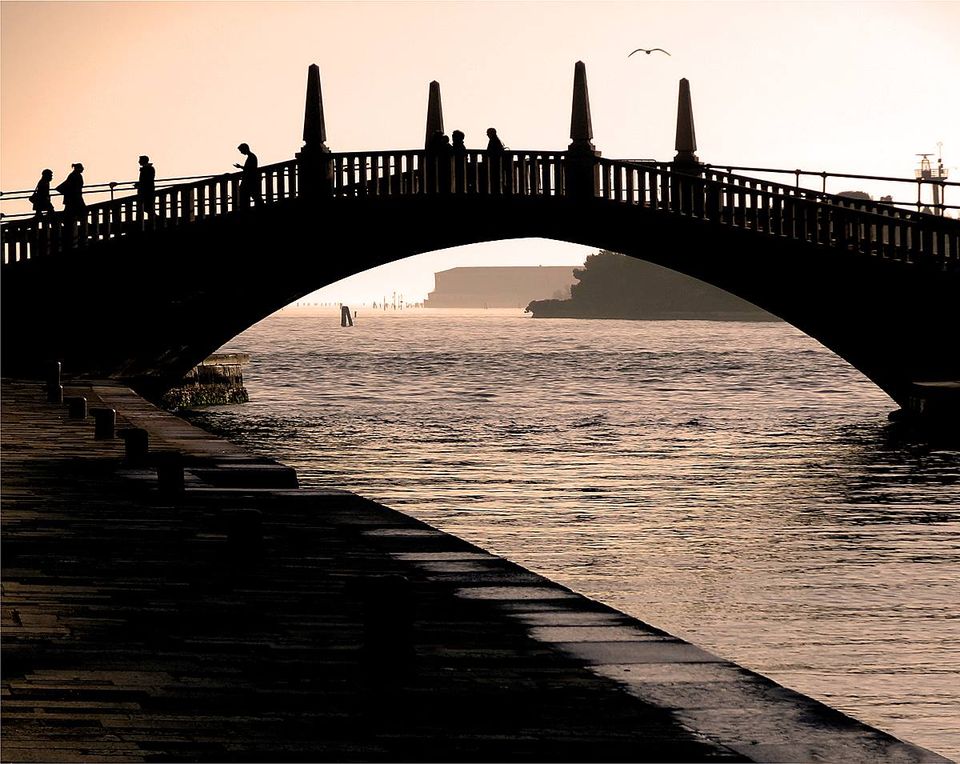
Among his many editorial achievements:
“Giò Pomodoro – Ornamenti 1954-95”, at the Venice Biennale and at the “Fashion Institute of Technology Museum” in New York “Magical Transparencies, The Old Windows”, Sansepolcro The “Guides to the 7 Museums of the Province of Rimini” series “Treasures of Art and Faith”, Emilia Romagna Region The monumental works “Colosseums in the World” and “Theatra” “Museums in Emilia Romagna”, Cultural Heritage Institute, Bologna “Urbino and Other Wonders”, Municipality of Urbino “Zagami Escultura”, Caracas, Venezuela

Among his prestigious awards:
– 1st Prize, United Airlines “International Travel Photography Grand Prize” among 15,000 photographers from all over the world – RAI3, Italian National TV Network, dedicates a special space to him, presenting his photos during the program “Mediterranean” – Winner of the Lonely Planet contest “Endless World Passion”, among 3,000 participants – 1st Prize at the 12th International Film Festival and Tourist CD-ROM of Varese, involving 26 countries – Special Environment Prize from the Ministry of Tourism of Turkey – “Posidone, Mediterranean Review of Culture and Environment”, Culture-Photography Award, WWF – Awarded in Catania of the “44th Silver Carnation” Prize – Winner of the 1st 100 Cities of Art Award in Ferrara, with his CD-ROM “Museums and Collections in Emilia Romagna” – Chosen in Los Angeles, together with the best nature photographers in the world, for the prestigious “Inner Reflections Calendar” – Present in the “Center for Photography of the Republic of San Marino” – First foreign photographer to publish a report on “Enthusiast Photographers Magazine”, the first English language international photography magazine in Bangladesh.- In October 2019 Guest Author at the 9th UCOP in Roseto degli Abruzzi, where he received a Lifetime Achievement Award, together with the famous Reuters photojournalist Tony Gentile – In August 2020 selected as an author of the ”Mediterraneum Collection”, exhibiting together with great Masters of Photo Art, such as Henri Cartier-Bresson, Helmut Newton, Sebastião Salgado, etc.
His website www.sarodibartolo.it, active since 1997 and constantly renewed, boasts over 2 million page views.


(All photos published by courtesy of Saro Di Bartolo)
“The article is from “Note Fotografiche”, the prestigious magazine edited by Mr. Giorgio Tani, President of “FIAF – Italian Federation of Photographic Associations”.


Some Latest Exhibitions


Presentation




















































